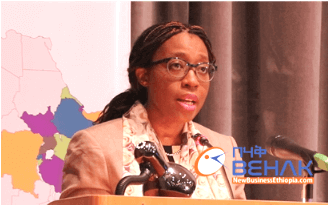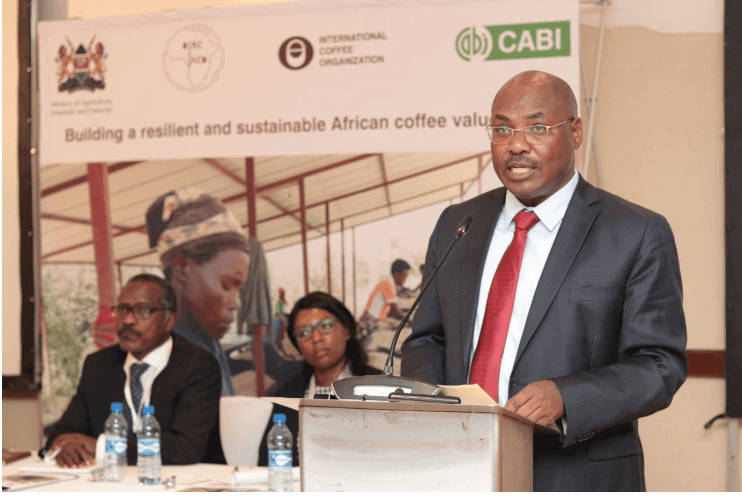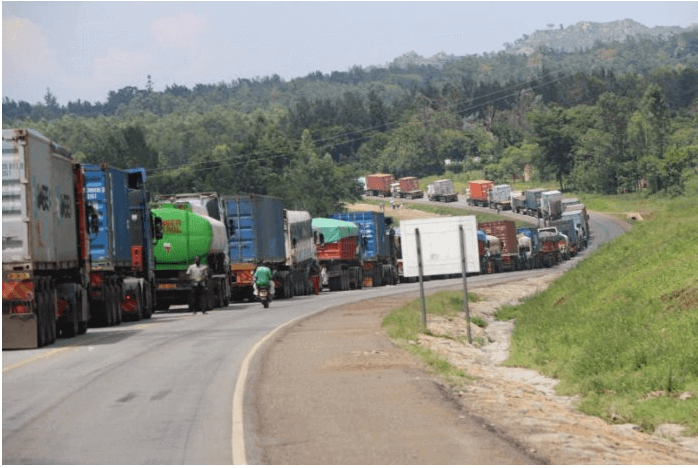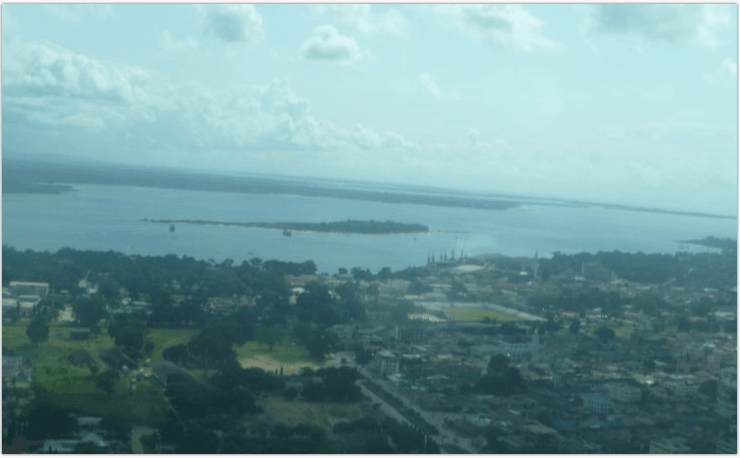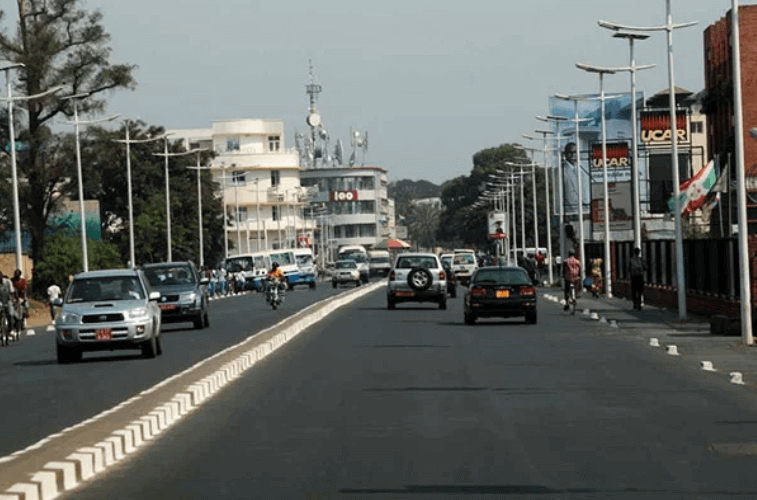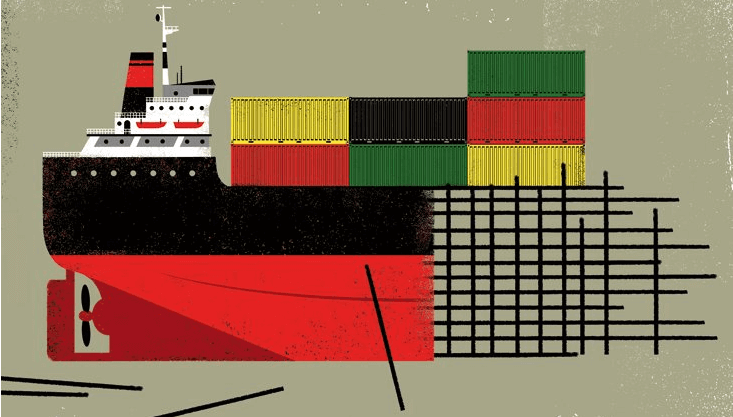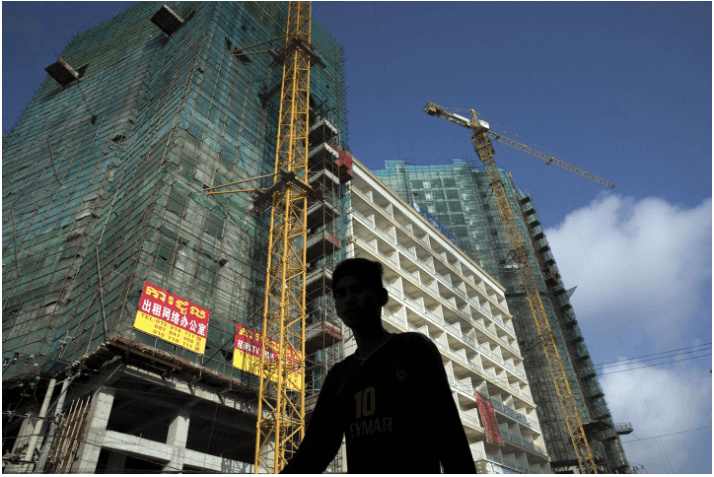The east Africa region, the fastest growing sub region on African continent, needs to implement the African Continental Free Trade Area (AfCFTA) agreement to create jobs for 8.5 million youth in the sub region entering the job markets every year. “The struggles that we see today in terms of achieving growth and creating jobs for our youth could be something of the past if we actually work together to exploits the benefits of the free trade area agreement,” said Vera Songwe, UNECA Executive Director of UNECA. She made the statement this morning in Asmara, Eritrea addressing the 23rd meeting of the Intergovernmental Committee of Senior Officials and Experts (ICSOE). “We know because of the analysis that we do at the UNECA that the African Continental Free Trade agreement stands to deliver about $1.8 billion worth of additional revenue to the continent ad can create about 2 million jobs a year,” she said. The experts are gathered from the 14 countries found in the east Africa sub region namely, Eritrea, Ethiopia, Democratic Republic of Congo (DRC), Kenya, Uganda, South Sudan, Madagascar, Tanzania, Burundi, Comoros, Djibouti, Rwanda, Seychelles and Somalia. The fastest growing The United Nations Economic Commission for Africa (UNECA) predicts that East Africa sub region will grow at 6.5% by 2020. “This is the fastest sub-region on the continent [Africa]. Today this east Africa region is growing at 6.4%. We expect it to grow at 6.5% by 2020. The overall continent is growing at only 3.4%,” she said, in her...
African Free Trade Can Create 2 Million Jobs, Doubles Growth
Posted on: November 7, 2019
Posted on: November 7, 2019

